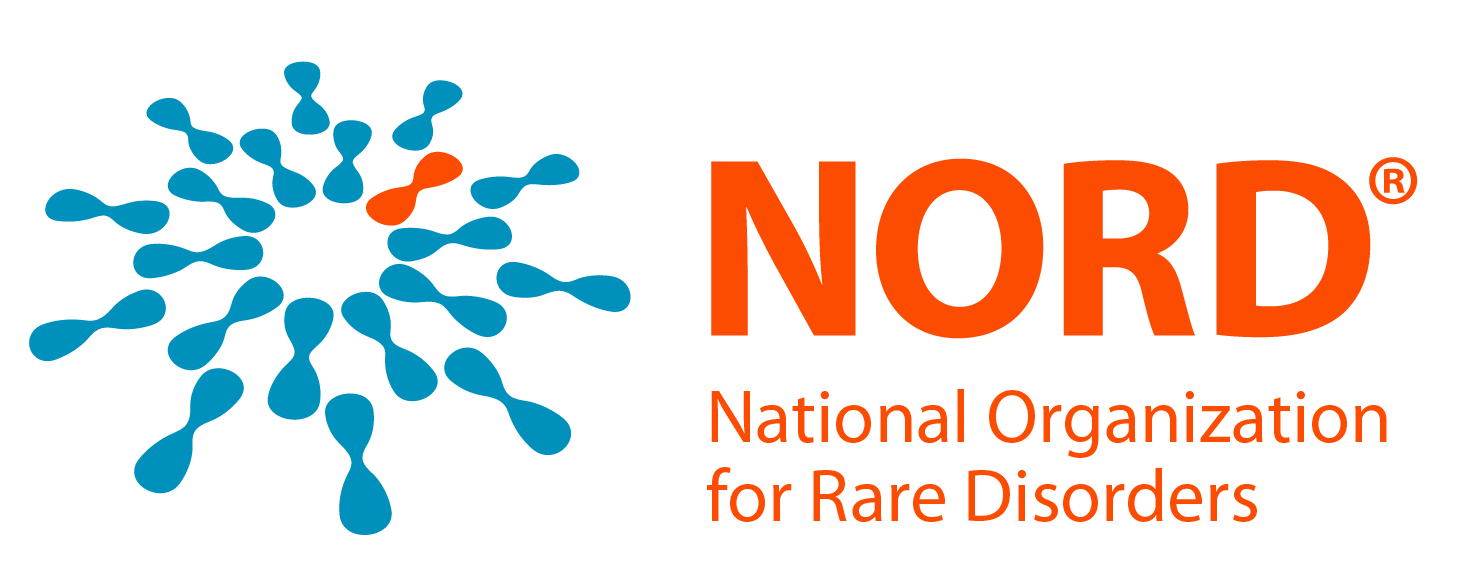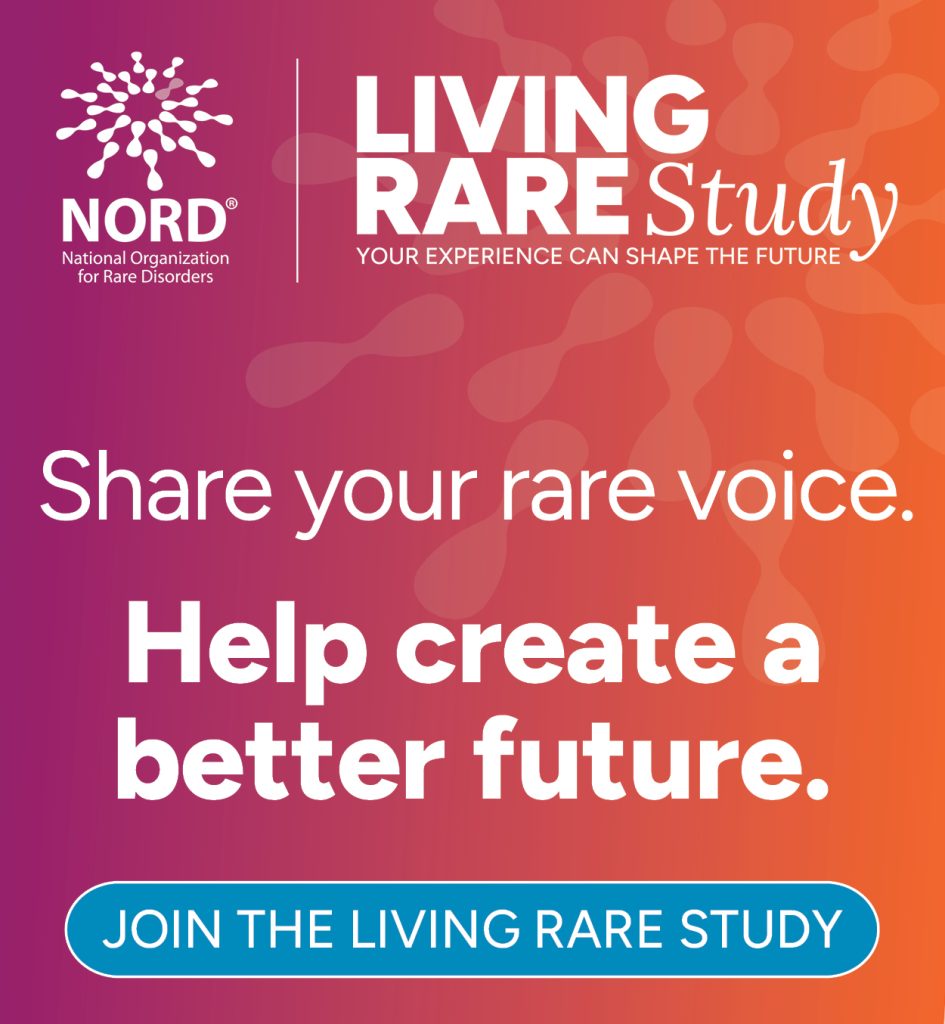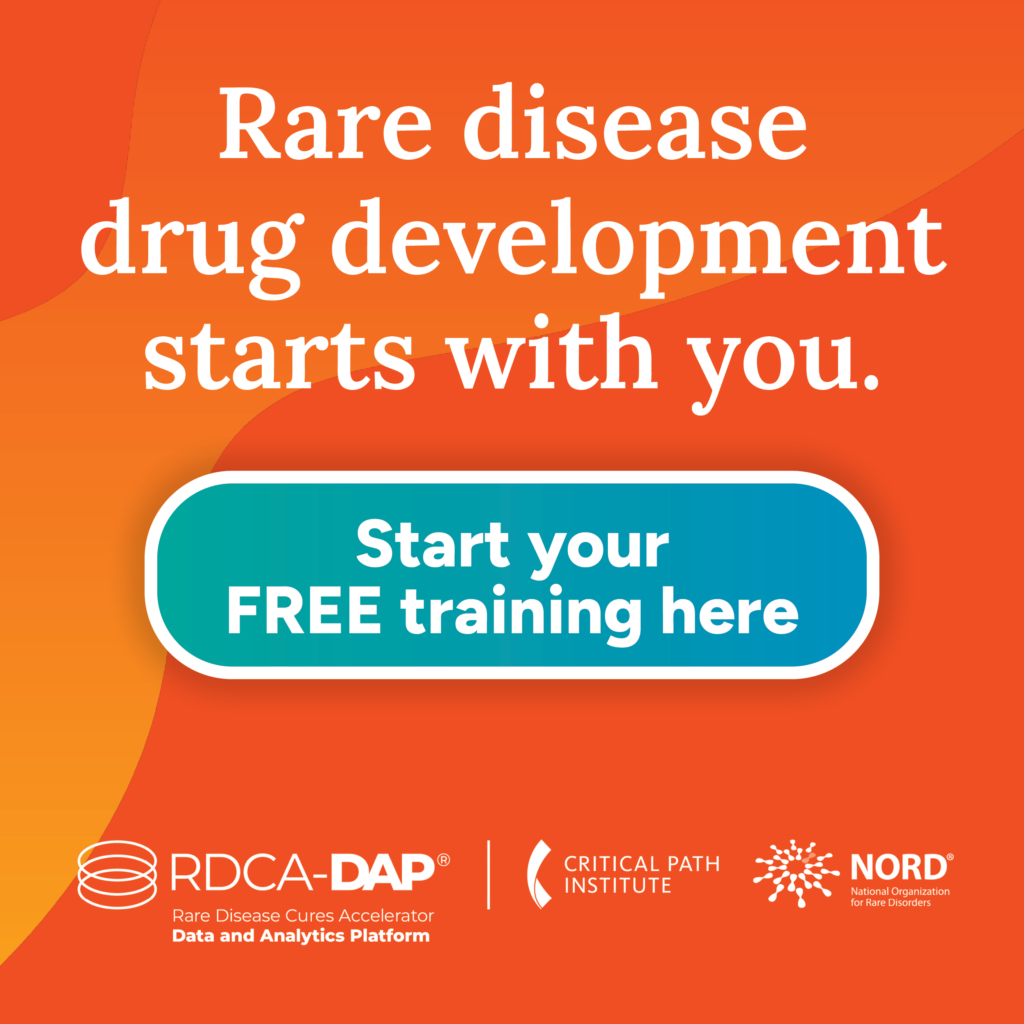During the 2017 Rare Diseases & Orphan Products Breakthrough Summit over 700 individuals from the rare disease community gathered to advance the dialogue in rare diseases. NORD was pleased to have a large group of student chapter leaders involved with the event in 2017. One leader, Harjot Randhawa, was in attendance and wrote the excellent article below on the importance of early diagnosis and some of the key takeaways that he gathered from the event.
Rare disorders have one commonality; the extensive timeline to reach the diagnosis. The average timeline of diagnoses for rare disorders is between 7-8 years. By the time the diagnosis is reached, the health of these patients has greatly deteriorated. Patients and their families have to go through an extensive time period in which they have no choice but to consult countless number of medical professionals and go through numerous bouts of testing in order to finally detect what the underlying problem is. This poses a question we all need to ask: What can we do to promote an earlier diagnosis? The pain and suffering of these patients and their families is unacceptable.
The diagnosis of rare disorders has vastly improved over the past few decades. With the expansion of research and innovation, there are new tools and tests available on the market for medical professionals to utilize to help detect the rare disorders before they get worse. Patients are beginning to live better a better quality of life along with longer life spans. No longer are patients subjected to a terminal life sentence where they are told they are only to live to a certain age. For example, cystic fibrosis patients were thought to live only til their 20s. However, with improvement now in diagnosis and treatment of cystic fibrosis, patients are living up to their 40s. There is still room for improvement to ameliorate the quality of life of such patients. In essence, there is hope that such a methodology used for cystic fibrosis can be used for other disorders too.
Newborn screening is an important vanguard to the health of infants. It has three main components, which consists of hearing screening, blood spot screening, and congenital heart diseases screening. Newborn screening tests differ state to state, as the state determines what it deems the healthcare system of their state should be testing for. Majority of the states screen for up to six disorders, while some may test up to for fifty disorders. Newborn screening tests have provided vast improvement in early diagnosis with many diseases. However, there are limitations to these tests as they can vary state to state. The problem may stem from continuity of the exams that are available as there are ethical issues, such as the patient’s right to know what the tests entail and what the reasoning behind them is. Cost is another important factor in the availability of these screening exams as state budgets vary in healthcare accordance.
Genetic testing has become cheaper over the past decades. As studies have shown, alteration in just a single gene can produce numerous mutations, hence multiple diseases can stem from one mutation. With the discovery of gene mutations, costs have dropped for genetic testing as single gene testing can allow for testing of multiple diseases. This increases the efficiency of lab testing and allows for detection at a faster rate. The use of biomarkers have been of great importance as they have reduced the costs of unnecessary testing, increasing both the sensitivity and specificity of these tests. A great example of this is based off the Neuromyeltis Optica (NMO) spectrum disorder, which is a rare debilitating autoimmune disease that is characterized by transverse myelitis and optic neuritis. This disorder shares similar qualities with multiple sclerosis, thus it is hard for healthcare providers to initially assume a patient might be suffering from NMO. With the discovery of a biomarker for NMO, it made a significant difference in the diagnostic approach for NMO. Furthermore, health care providers were surveyed and educated on NMO, thus not only raising awareness for NMO, but also improving the timeline to reach the diagnosis for patients suffering from NMO. The Guthy-Jackson foundation, which was responsible for raising awareness of NMO, is an excellent example of how we can improve both the awareness and diagnostic approach for rare disorders. They worked in collaboration with the Multiple Sclerosis Foundation to conduct charity events and thus raise awareness for both disorders. This is a great example of how different patient advocacy groups can come together to help each other not only raise awareness but share information so improvements can be made on both sides.
One of the biggest improvements we can make is to develop the communication among medical professionals. Many of the problems stem from the lack of knowledge in reference to rare disorders is the platform in which not only diagnose them but to utilize a database or communication network to come to such diagnoses. For example, medical students are taught to focus only on the common diseases, as they will encounter only the common diseases in most of their years of practice. However, this practice is not useful as many medical professionals know, they might one day have a patient who has a rare disorder and failure to recognize it means a negative effect on the life of that patient. By educating fellow medical professionals on the importance of the recognition of rare disorders, the timeline to which the diagnosis is reached can be tremendously cut down. One of the many issues that is prevalent is that many research institutes are wary of sharing data, as they are afraid years of research work can be compromised. However, NORD has worked hard to establish a database as into which this data can be properly utilized for the right purposes. By improving sharing of data, huge steps can be taken in providing better diagnoses and treatments for patients who do not have the funds or resources to otherwise to pay for their costs.
It is important for the future generation of medical professionals to work together to raise the awareness of rare disorders. It is truly inspiring to see how far NORD has brought together all these patient advocacy groups and thus improved the quality of not just their healthcare, but their quality of life. Educating the future generations about the importance in continuing research and awareness of the diagnostic approaches to rare disorders has become increasingly important. Thus, it is our job to carry that torch and spread the message to everyone. As the motto of NORD goes, “Alone we are rare, but together we are strong”. This is the motto that should be echoed by us all.





